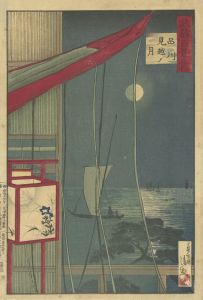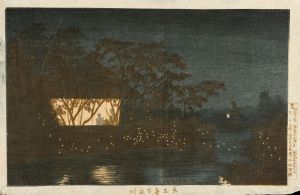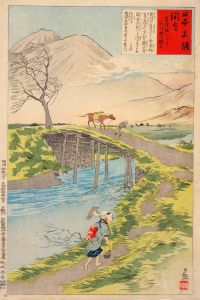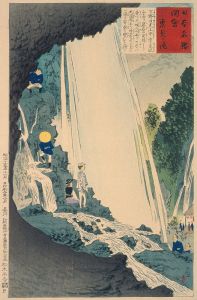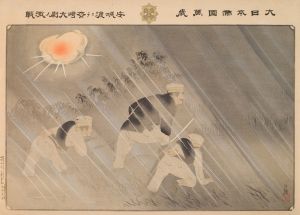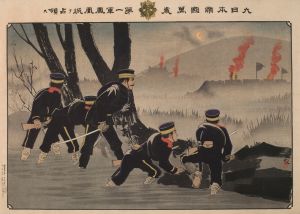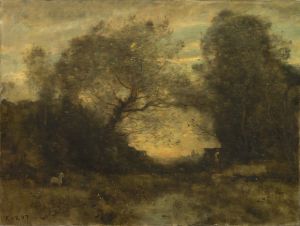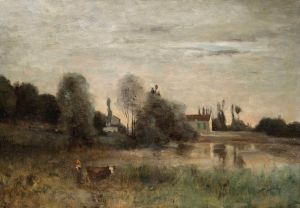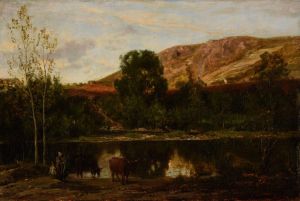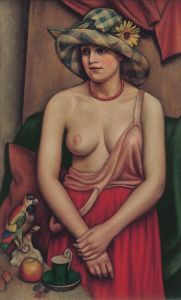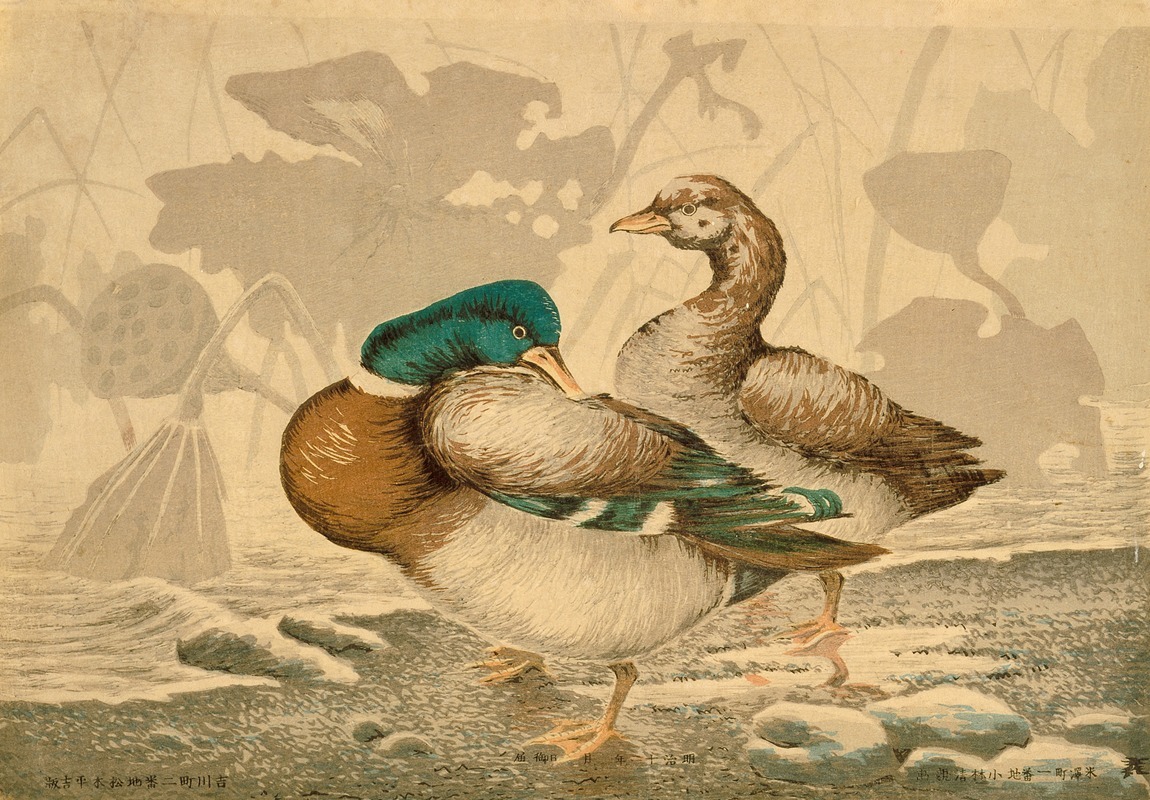
Ducks and Withered Lotus
A hand-painted replica of Kobayashi Kiyochika’s masterpiece Ducks and Withered Lotus, meticulously crafted by professional artists to capture the true essence of the original. Each piece is created with museum-quality canvas and rare mineral pigments, carefully painted by experienced artists with delicate brushstrokes and rich, layered colors to perfectly recreate the texture of the original artwork. Unlike machine-printed reproductions, this hand-painted version brings the painting to life, infused with the artist’s emotions and skill in every stroke. Whether for personal collection or home decoration, it instantly elevates the artistic atmosphere of any space.
Kobayashi Kiyochika was a prominent Japanese artist known for his ukiyo-e woodblock prints and paintings during the Meiji period. His works often depicted the rapid modernization of Japan and the transformation of Tokyo from a traditional Edo society to a modern metropolis. Kiyochika's art is characterized by its use of light and shadow, capturing the atmospheric effects of dawn, dusk, and night.
"Ducks and Withered Lotus" is one of Kiyochika's lesser-known works, yet it exemplifies his skill in capturing the serene beauty of nature. This artwork portrays a tranquil scene featuring ducks amidst withered lotus plants. The composition reflects a harmonious balance between the natural elements and the wildlife, showcasing Kiyochika's ability to convey mood and atmosphere through his art.
The painting likely draws on traditional Japanese themes, where the lotus often symbolizes purity and enlightenment, while its withered state might suggest the passage of time or the changing seasons. Ducks, on the other hand, are frequently depicted in Japanese art as symbols of adaptability and resilience, often associated with water and the natural environment.
Kiyochika's technique in "Ducks and Withered Lotus" demonstrates his mastery of color and form. The use of muted tones and subtle gradations creates a sense of depth and tranquility, inviting the viewer to contemplate the quiet beauty of the scene. His attention to detail is evident in the delicate rendering of the lotus leaves and the graceful posture of the ducks, which are depicted with a naturalistic yet stylized approach.
This work is also reflective of Kiyochika's broader artistic interests, which included a fascination with the interplay of light and shadow. His ability to capture the ephemeral qualities of light is a hallmark of his style, and "Ducks and Withered Lotus" is no exception. The gentle interplay of light across the scene enhances the overall mood, creating a peaceful and contemplative atmosphere.
Kiyochika's contribution to Japanese art extends beyond his individual works. He was part of a movement that sought to preserve traditional Japanese aesthetics while embracing new techniques and perspectives introduced during the Meiji era. His works often serve as a bridge between the old and the new, capturing the essence of a country in transition.
"Ducks and Withered Lotus" may not be as widely recognized as some of Kiyochika's other works, such as his series depicting the modernization of Tokyo, but it remains an important piece within his oeuvre. It highlights his versatility as an artist and his ability to find beauty in both the bustling cityscapes and the quietude of nature.
In summary, "Ducks and Withered Lotus" by Kobayashi Kiyochika is a testament to the artist's skill in capturing the serene beauty of the natural world. Through his use of color, light, and composition, Kiyochika invites viewers to appreciate the subtle elegance of a simple scene, reflecting both traditional Japanese themes and the artist's unique perspective during a time of significant cultural change.





